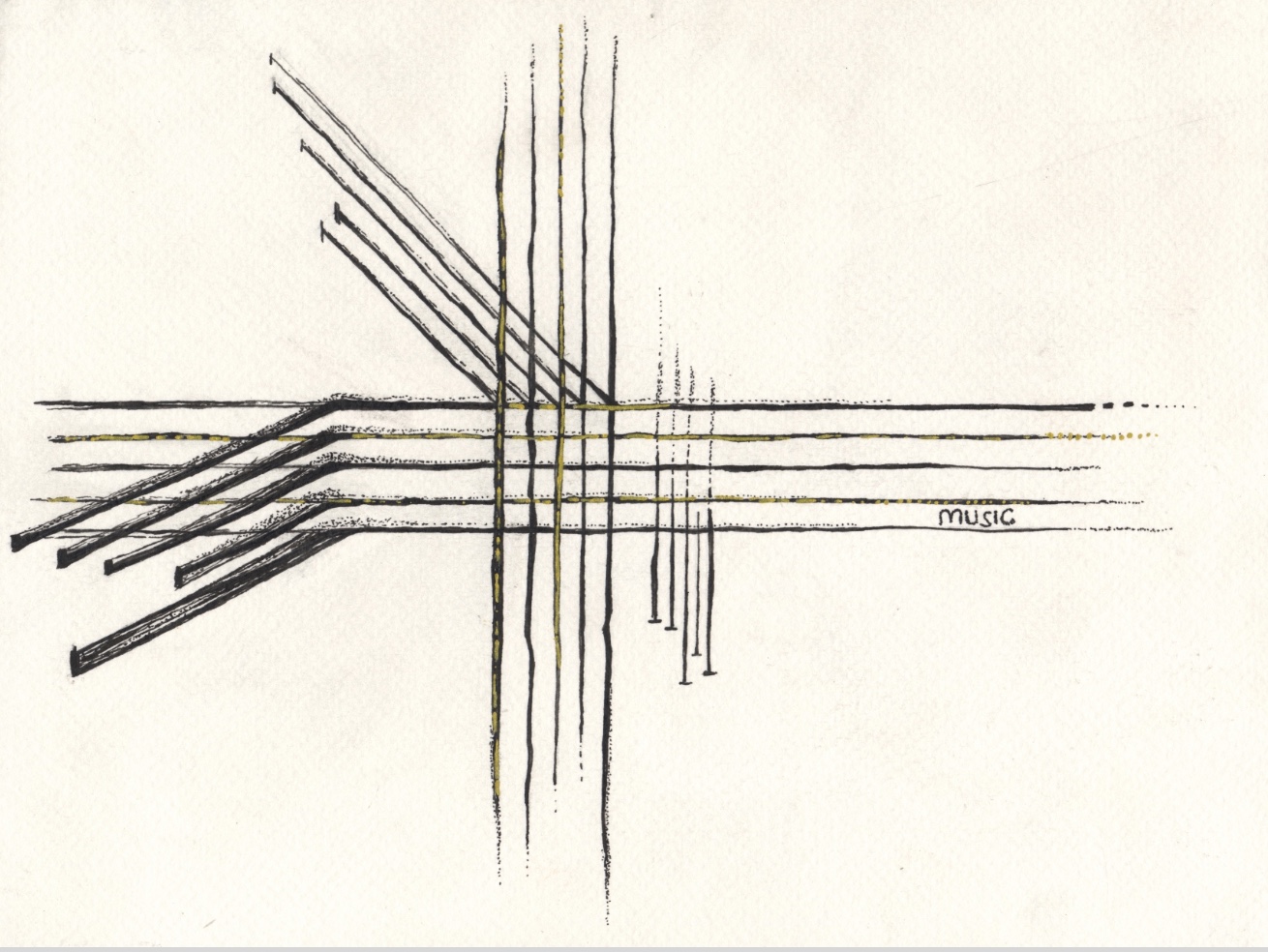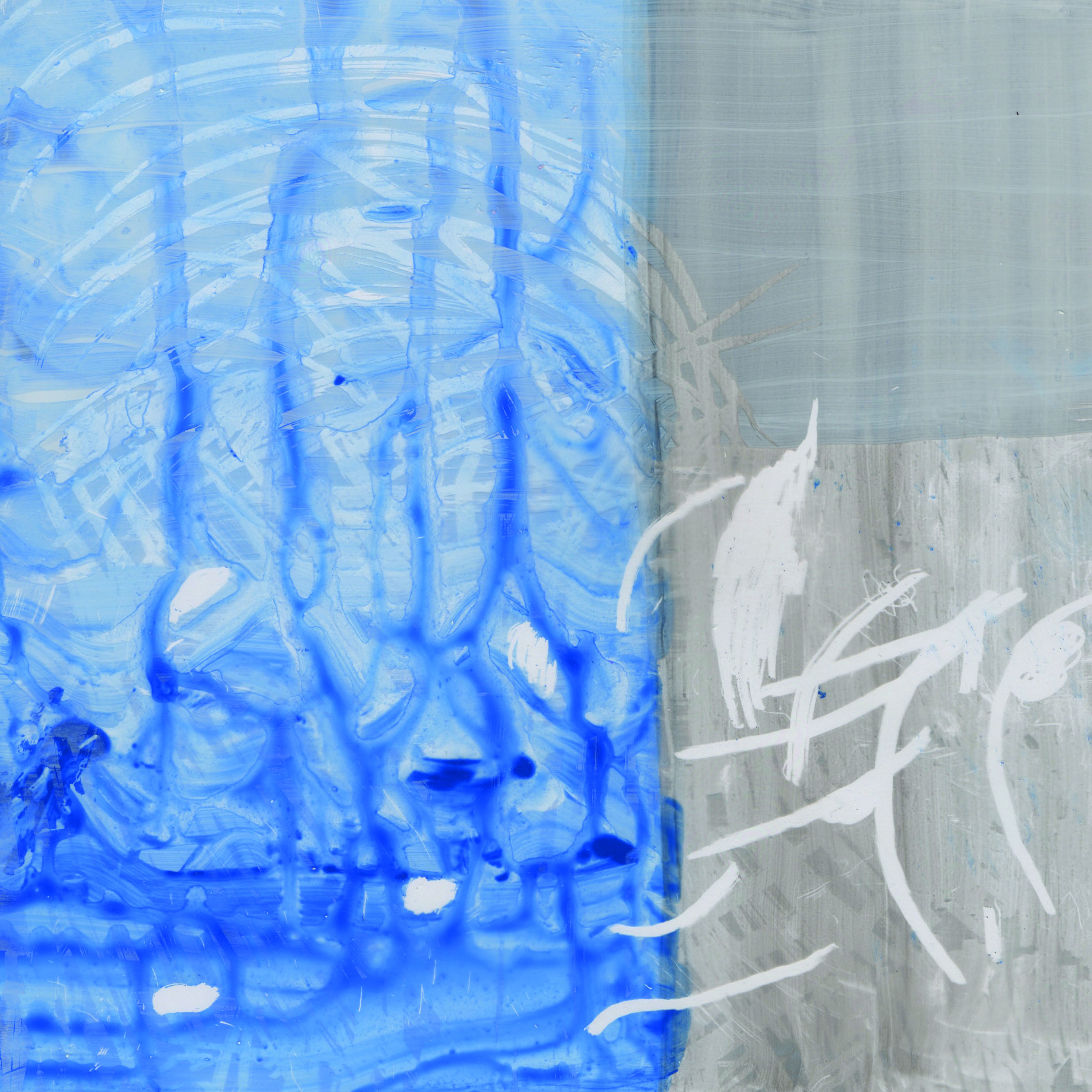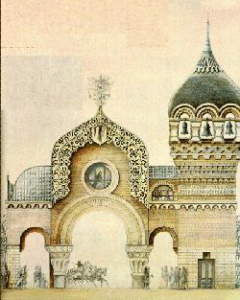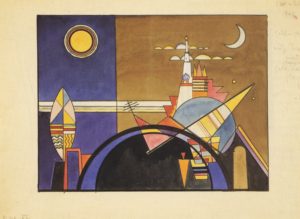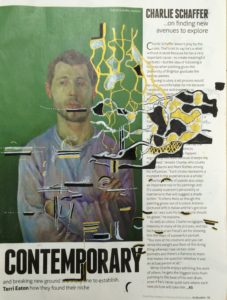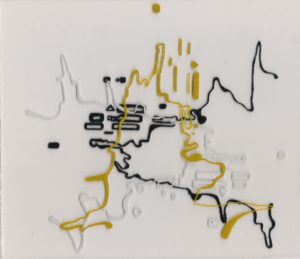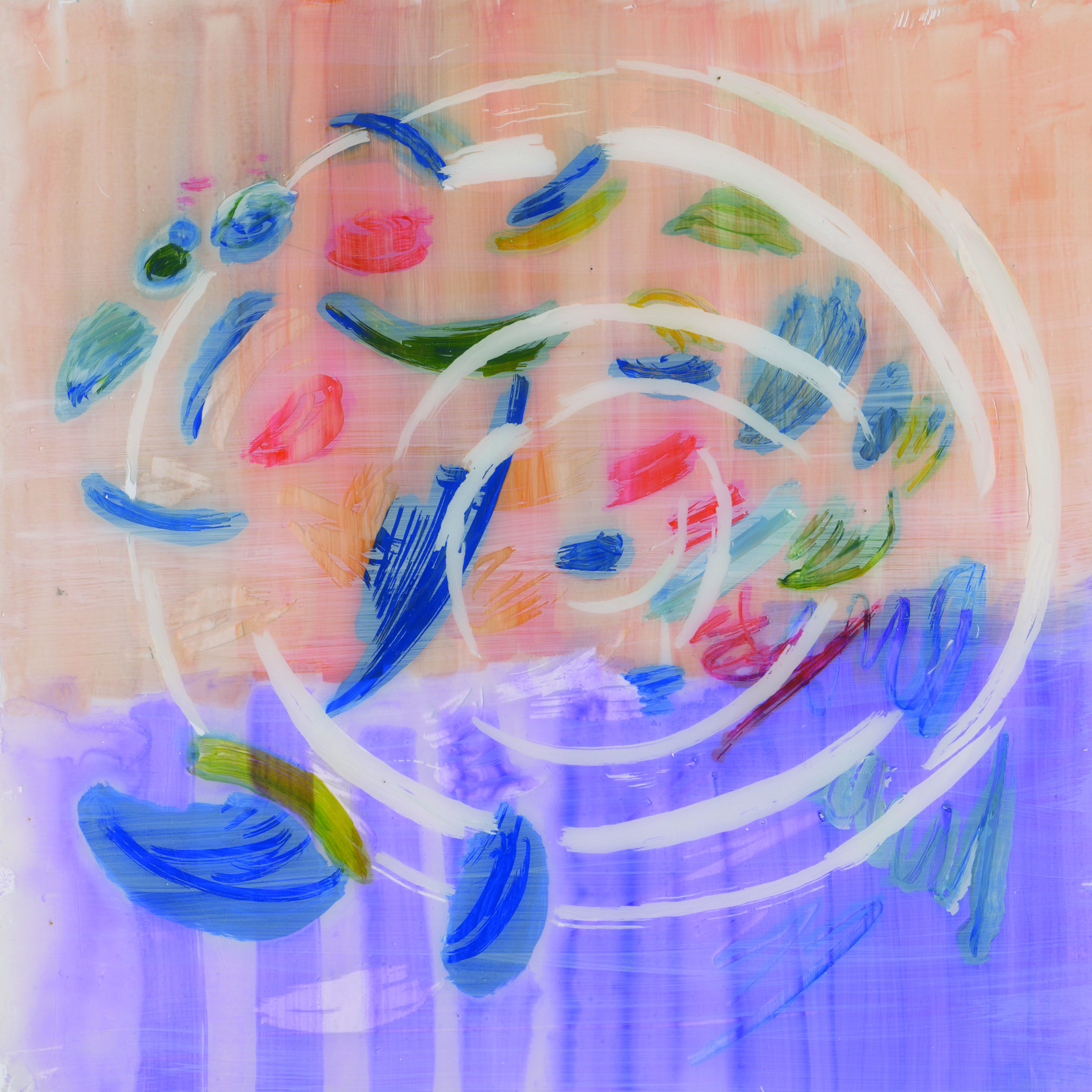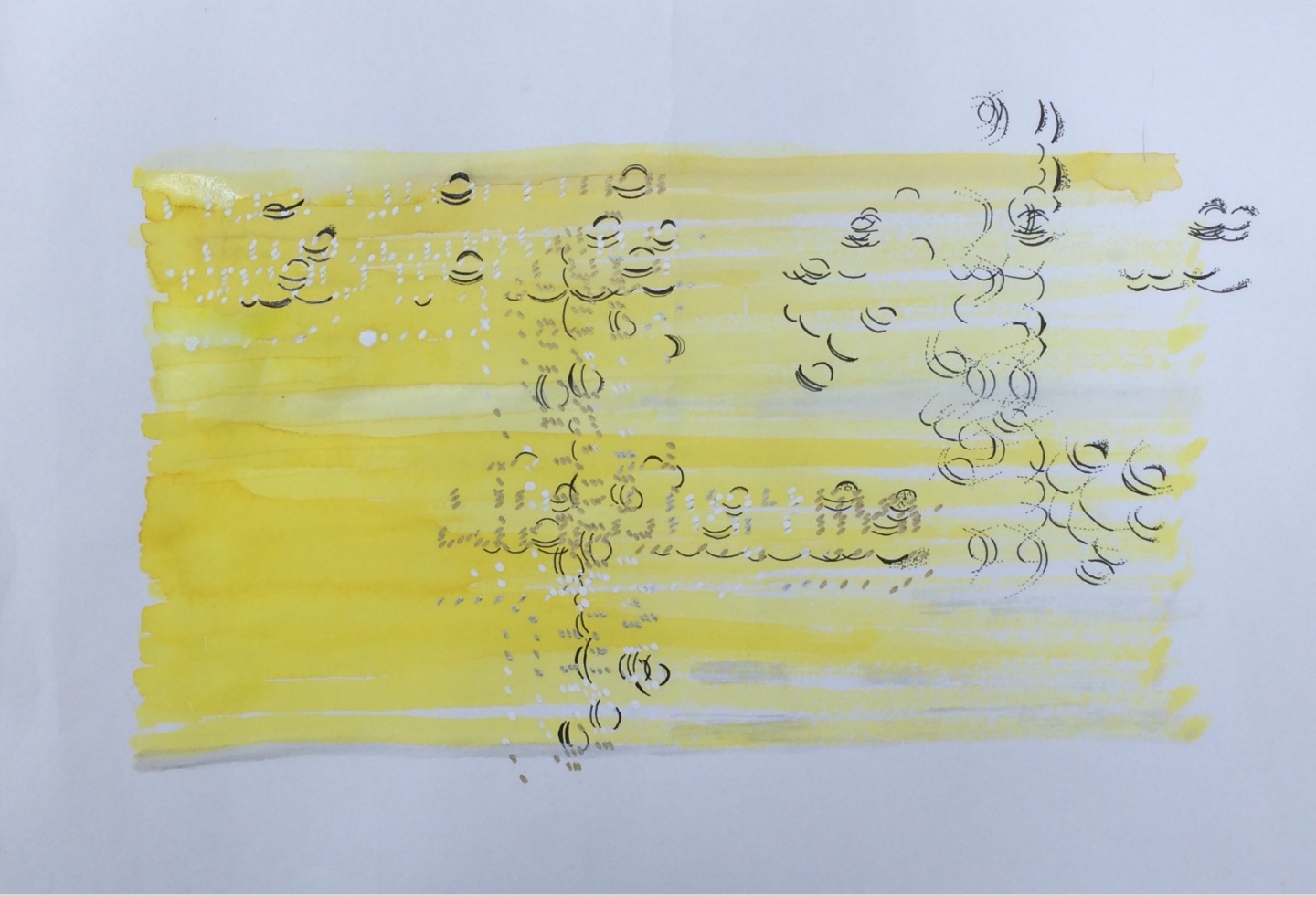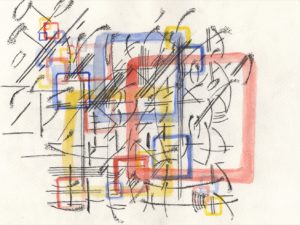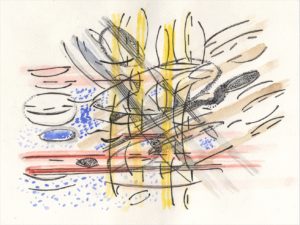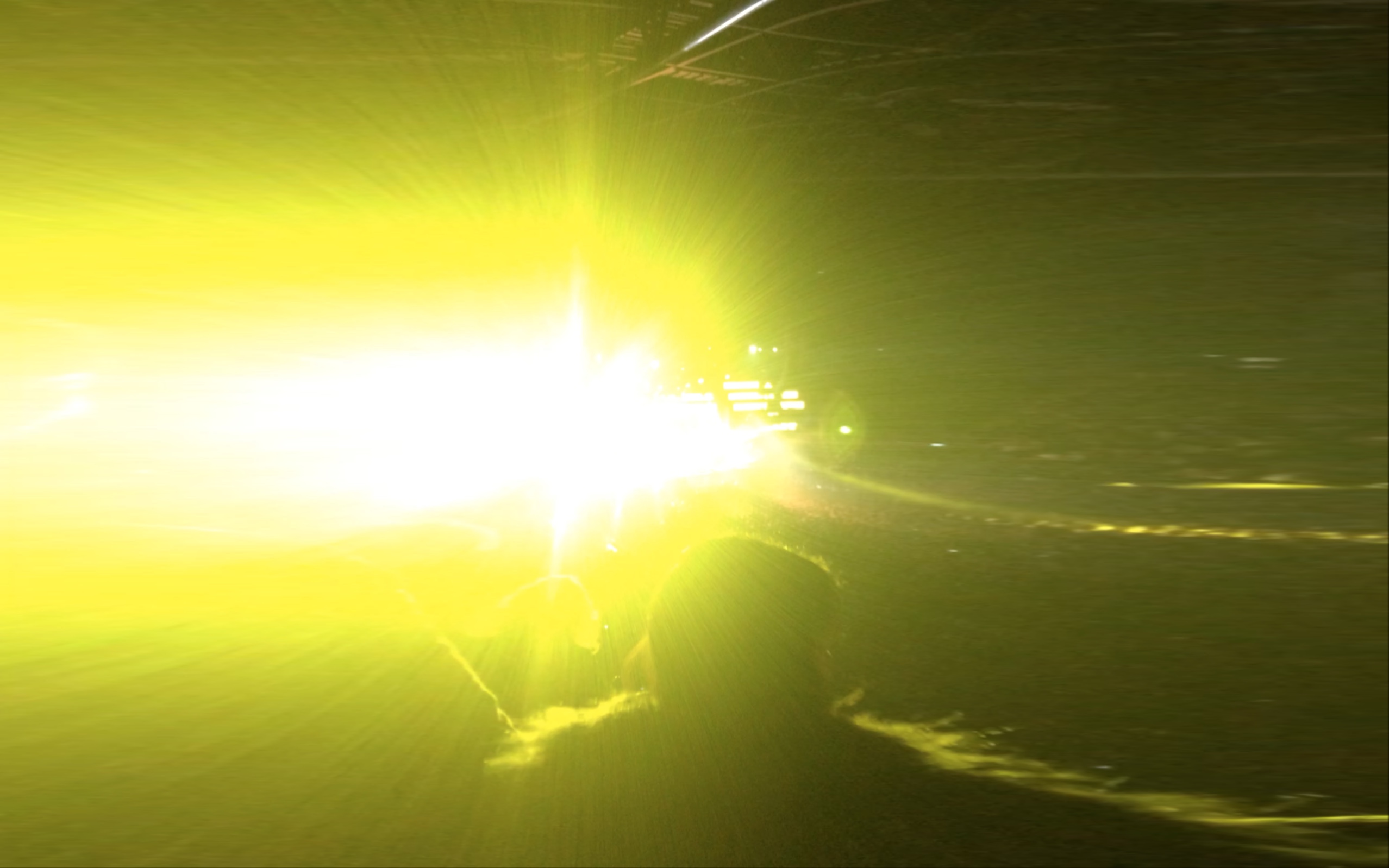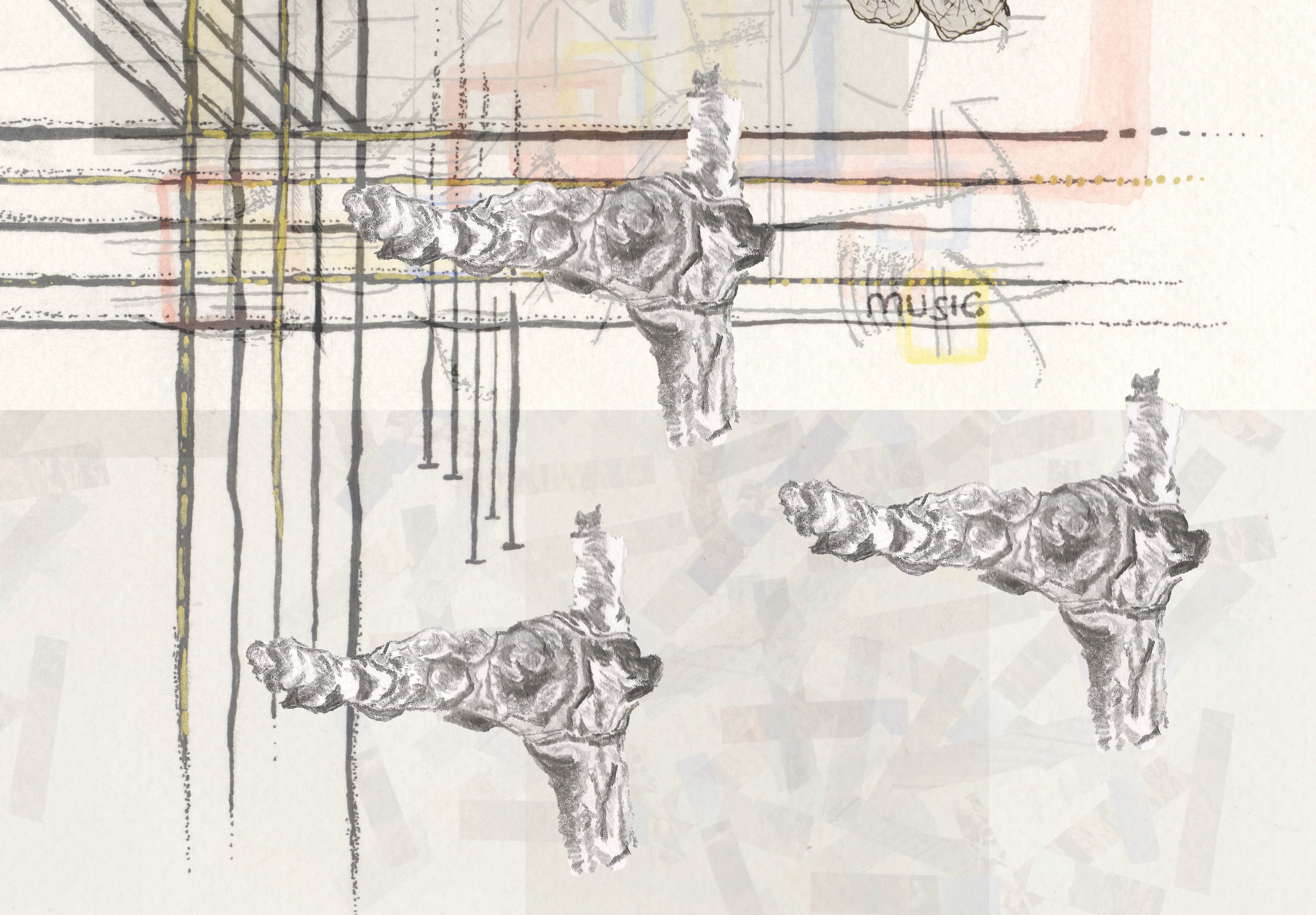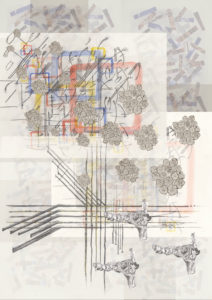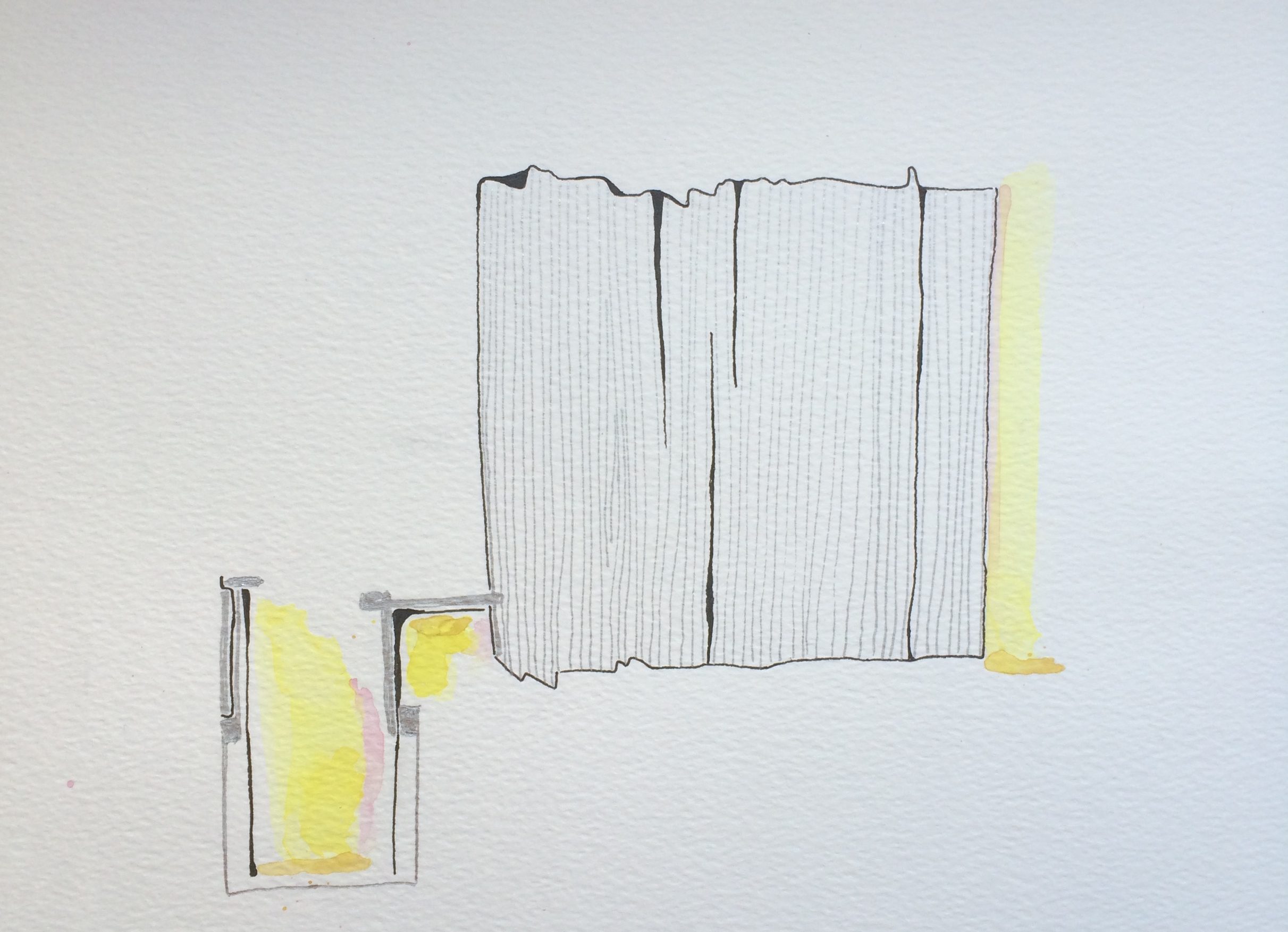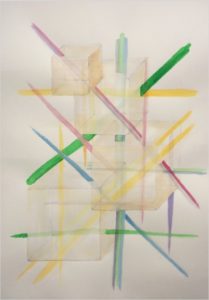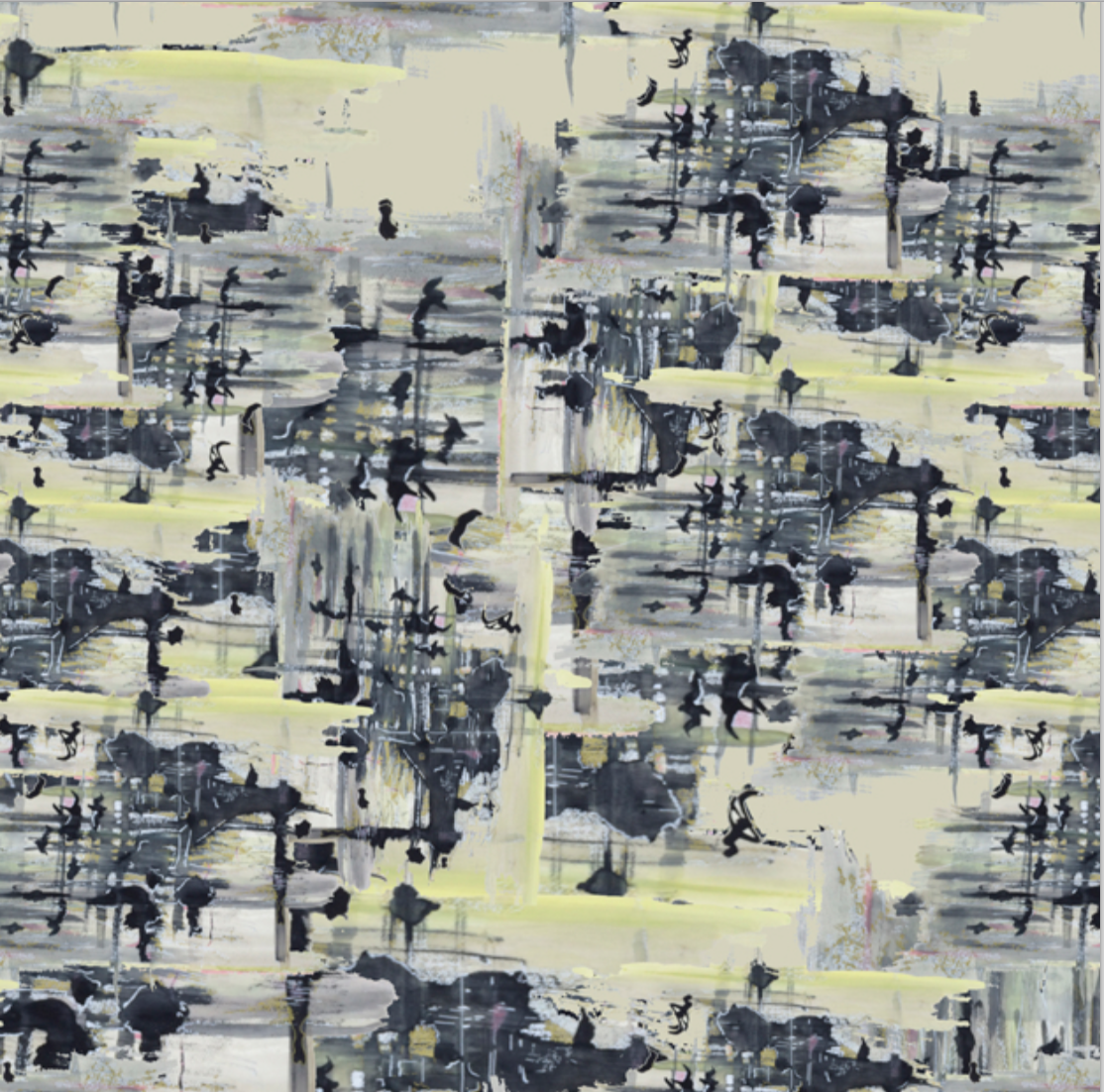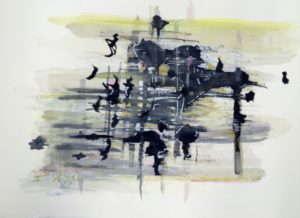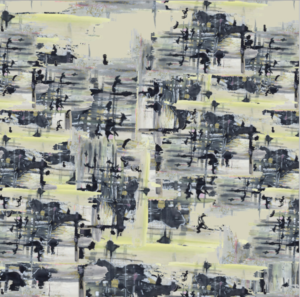By the end of November, I had arrived at the point that I wasn’t sure if I wanted to continue my research of visual culture and visual communication anymore. I was focusing on the visuality of fashion and clothing as I was aiming to become a fashion illustrator. Don’t get me wrong, I found fashion illustrations interesting, but finally I wasn’t sure was that the field I wanted to spend my next 9 months with. After some weeks of digesting all of this, and having conversation with my tutors, I came up with the idea to start exploring ways to illustrate music. Changing the research subject was a good decision, aside from the fact that almost two months of my first semester had past already. The new subject of my research is an extremely interesting and challenging area of study, and now as a reflection I would like to present some ideas I have come across with the research process so far. However, as fashion is still close to my heart I am not going to abandon it. I want to take a break from it, and throw myself into music now.
I started the research thinking of my own experience of music, and moved forward to exploring the field in order to gain a broader understanding of it. Very roughly there seems to be two kinds of approach to the phenomena. One is based on the perception of the artist, and the second one is based on music theories or the requirements of composed music. Let me explain this more. I find the first approach freer and, at this point, it is somewhere I have leant on my methods too. It is based on artist’s own experience of listening to music. I think that Kandinsky’s methods would be a good example of this. As I understand it, Ingold (2010) refers to Kandinsky that, in abstract art, artist works are not bound in objects from the visible world. On the contrary shapes depict ideas of things, not the actual objects. Due to this, one can express oneself in a way that touches the viewer’s soul truer. I would like to point out that this is only one part of his theories on abstract art, for instance a French Philosopher Michel Henry’s (2009) introduces Kandinsky’s theories broader including insights of theories such as External and Internal and the theory of elements.
Going forward, I see the second approach to music illustration as more technical and music theory orientated. I realized that illustrating music is not only about making art; it can be used as a tool as well. Regarding Bossis (2006), there are cases in electroacoustic music, where the complexity of a piece of music requires new ways to track sounds on music scores, as normal notation can’t meet these challenges. Electroacoustic music is lacking a settled way to mark scores as, for example, the timbre of sounds can vary so much. For instance, if shapes and colours in the score describe structures of timbre, symbols can be changed a lot between different compositions. I think that is the one reason why individuals have their own methods to illustrate sounds in the electroacoustic music scene, and maybe it can be said that there are as many scores as there are composers.
There are lot of music scores available on Internet. Just to mention some names, musician Stephen Malinowsky (2014), who has made music scores of known classical music composers’ pieces, uses his own developed Music Animation Machine to depict music. I think his music scores are made in a very standardised and clean way. On the contrary, Rainer Wehinger’s visual listening score of Ligeti’s electroacoustic piece Articulation (Donald Craig 2007), shows brilliantly how different structures of timbres and frequencies are illustrated in different shapes and colours. Also Kagan’s (1983) book about Paul Klee contains many interesting examples on music scores, and how he has developed his theory about it.
Thinking about the approaches, they both depict the music in their own ways. As an illustration student I see myself somewhere in between. I am amazed at Kandinsky’s works. And I find it so inspiring how he perceived music and translated it in visual form. Furthermore, if I only saw the music scores without hearing them, these works would remind me more of pieces of art than graphics of music. The idea that they are tools aiming to describe the structures of sounds, but at the same time visually appealing, attracts me; it is like a knitted jumper I mentioned in one of my blog posts. That leads me to think of my former research of visual culture in fashion and clothing. Could I have found some confluences or similarities, for instance between Kandinsky’s and Ronald Barthe’s theories? After all, it is all about perception.
Working on this theme has opened up some new painting methods, as before most of my illustrations were more or less portraits using media such as pen or watercolours. Recently I have started to think in a more abstract way about my illustrations, probably inspired by Kandinsky and Klee. I did some experiments thinking about music notations versus how I feel the music and how music interacts in space. I found the music score videos (Malinowsky 2014 & Donald Craig 2007) and the slow motion video about paint on a speaker jumping along with the music were inspiring, as the scale was totally different to what I’m used to. Moreover, this research topic forces me to think outside the box, as music is invisible, and you can experience it the strongest with sense of hearing. I’m looking forward to developing my style and exploring more viewpoints to further my research.
Bibliography:
Bossis, B. (2006). ‘The Analysis of Electroacoustic Music: from sources to invariants’. Organised Sound, 11(2). August. pp 101-112
Donald Craig (2007). Rainer Wehinger, Music Score of Ligeti Articulation. https://www.youtube.com/watch?v=71hNl_skTZQ&index=16&list=PL377912D603DB058B
Ingold, T. (2010) ‘Ways of mind-walking: reading, writing, painting’. Visual Studies. 25(1 )April. pp. 16-23.
Kagan, A. (1983) Paul Klee/ Art & Music. Cornell University Press
Malinowsky (2014) https://www.youtube.com/watch?v=74Osn05UkU0
Henry M. (2009). Seeing the Invisible on Kandinsky. Continuum
SlowMoGuys (2013) https://www.youtube.com/watch?v=5WKU7gG_ApU#t=17
05 / 01 / 15
